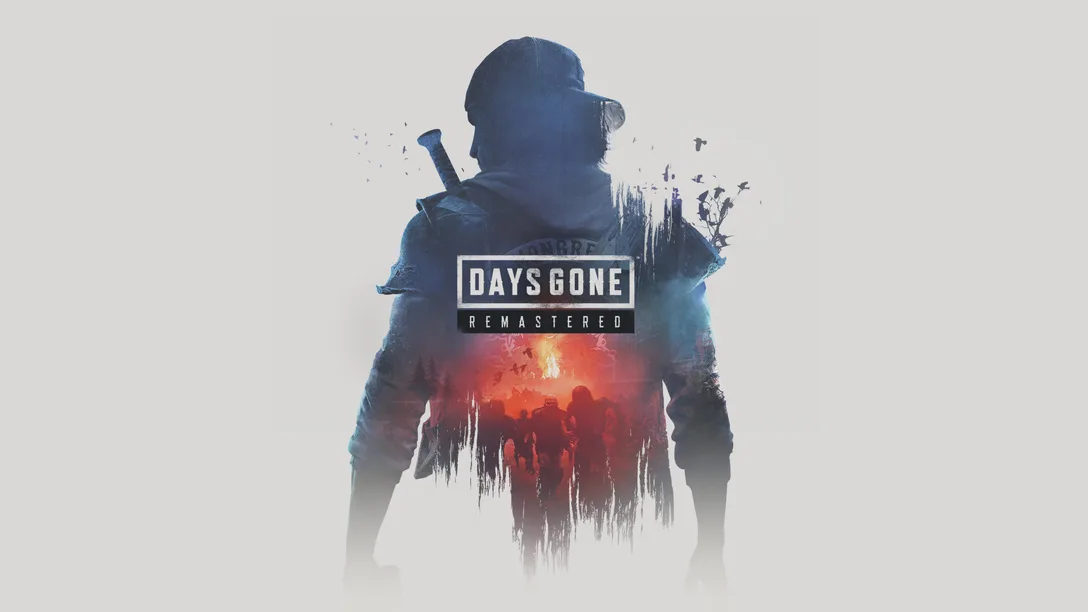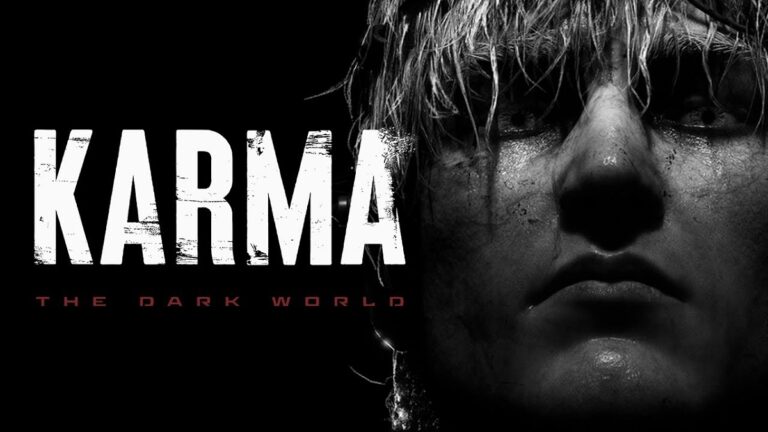
Around two years ago, I became aware of RED SOUL GAMES‘ Post Trauma by seeing a trailer that instantly piqued my interest. It showed a promising PS2-style survival horror game made in Unreal Engine 5, and the classic gameplay and eye-catching visuals immediately grabbed my attention. While the game started as a one-man indie project, it later grew to a small team of three main members as the scope expanded, and I’ve been anticipating checking out the final vision as I followed the development progress.
I’ve now had a chance to play through the full version and can assess whether it delivered the goods. Does Post Trauma set itself apart from other retro-inspired horror titles in recent years? Let’s find out.
The Visuals:
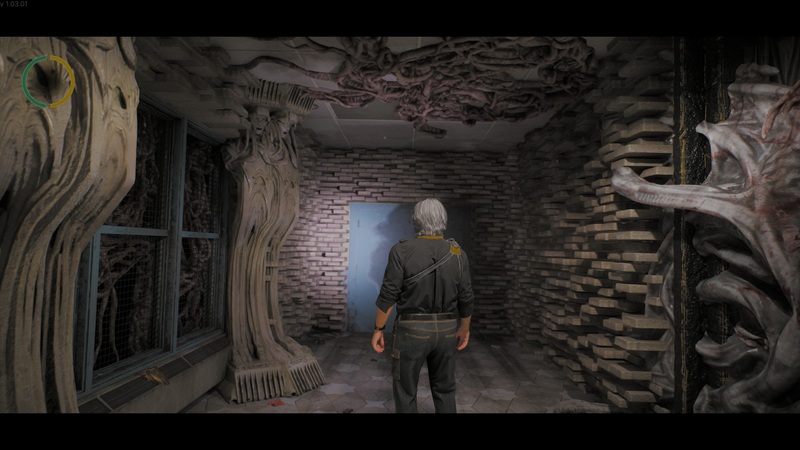
Right out of the gate, it must be said that Post Trauma has some of the most incredible art direction we’ve seen in the survival horror genre for a while, striking a great balance between Bloober Team‘s The Medium, H.R. Giger, and Silent Hill. The visual design as a whole is absolutely jaw-dropping at many points. It’s a testament to how far good art design can go, even when handled by a very small team on a low budget.
The use of color, the tortured surrealist imagery, the unsettling stillness, and the twisted undulation of the various environments create a pretty constant sense of unease, wonder, and confusion in the best ways. It makes the journey through the world of The Gloom so much more compelling. The choice of fixed camera angles for most of the game also allows for amazing shot composition, like many of the classic survival horror games we love, adding that extra cinematic flair to environments that were already great-looking from any angle.
While the art design is truly astounding at its core, there were unfortunately a good number of texture pop-ins, low-res assets, and other graphical glitches that could take you out of the immersion or leave a little bit to be desired, at least in the build I got to play. I’m hoping most of this will be fixed in the final release and with subsequent patches, but the little technical hiccups in the presentation did cause the occasional disappointment.
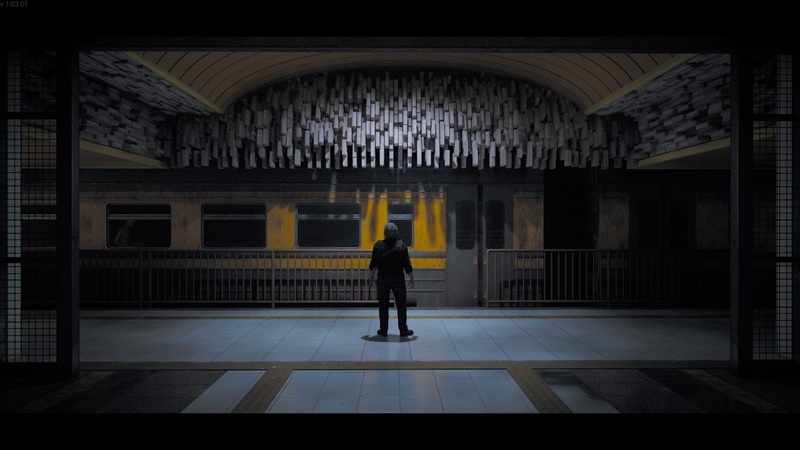
The only aspect of the visuals I wasn’t a big fan of was the main character, Roman’s, design, since he appears as a fairly old man, which the developer claimed to be “more relatable to the average person.” However, I didn’t quite get that sense, which led to a lack of sympathizing/empathizing with him, or at least losing a bit of immersion from time to time. It’s nothing that ruins the game by any means, but was a somewhat strange design decision. To add to this, while the protagonist has very few Japanese features to him on the surface, the voice actor chosen to bring him to life is of Japanese descent with a heavy accent who delivers the lines with some broken English, which is certainly a confusing choice.
Even though some of the other voice actors sounded quite good, Roman’s reactions to what they said being so broken and awkward often made some story elements fall flat or not come across clearly, since it was sometimes a struggle to understand what he was saying, even with subtitles on (the subtitles didn’t match what was spoken on several occasions.) While these issues didn’t ruin the game by any means, they are just little oversights or shortcomings that undermine the game’s attempt at a clear narrative which ended up affecting the player experience.
Gameplay, narrative, and puzzles:
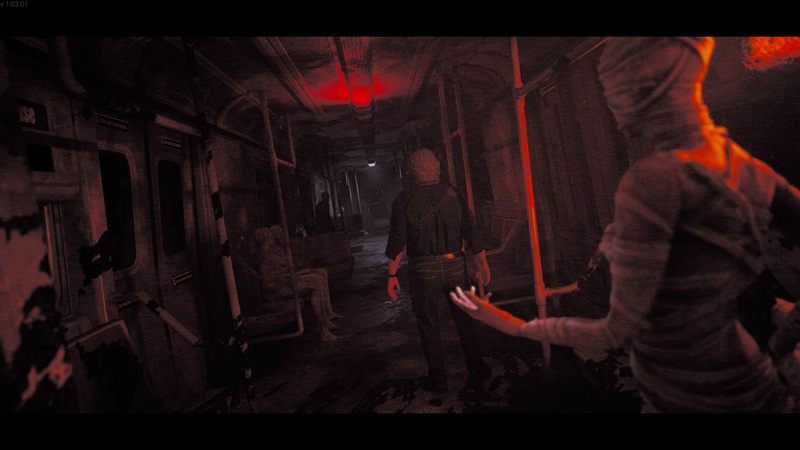
In a general sense, the story tends to go for the extremely esoteric route of a Silent Hill narrative, with characters having very little dialogue and clear exposition spoken, leaving some things to be inferred by the player. However, Post Trauma feels like it takes it even further down than the average Silent Hill game. Whether that’s on purpose or because of some bad translations/writing in the script, it’s hard to say, but there was also little connecting the thread between the different story segments that featured characters other than Roman, which the game would bounce back and forth between throughout.
At the end of the day, the story and narrative here isn’t really a focus. It’s more about the atmosphere and the experience, so these are just nitpicks that made things feel a bit off when it came to the surface level of my playthrough.

Moving on to the gameplay itself, Post Trauma is a heavy homage to the aforementioned Silent Hill series, as well as other fixed-but-dynamic camera systems from the early 2000s era of horror games. Additionally, RED SOULS GAMES’ title has a strong focus on puzzle solving. In fact, the developers have mostly described it as a “puzzle horror,” game and that is quite accurate; the game is full of them, and they’re not modern, dumbed-down puzzles, either. They are truly retro-style survival horror puzzles, with often complex solutions and no proverbial hand-holding, as modern games tend to have.
The puzzle difficulty is generally higher than most other survival horror games out there, including the classics, with many of them almost moving into point-and-click adventure territory. You’ll often spend time going to several different rooms, gathering the info you need to solve a single puzzle, and will need to take some heavy notes or screenshots to make your way through. All things considered, I got through them relatively easily, since I was documenting everything I found that I thought might be useful. I was also able to figure them out without a crazy amount of time spent, but if you’re not a fan of complex puzzles, this might not be up your alley, since that’s what you’ll spend most of your time doing.
Another recent game that comes to mind when assessing the puzzle difficulty here is Tormented Souls, which had a very high puzzle level throughout much of it, and Post Trauma feels pretty close to that, even though TS also had much more combat. And while the puzzles are relatively difficult, I can’t say that they’re the most satisfying I’ve encountered. For one reason or another, they usually just seem to feel slightly underwhelming when you finally get the answer, and I can’t quite pinpoint why that is. This isn’t to say they’re not fun; there’s just something about them that feels lacking in payoff at the end for all the work you did.
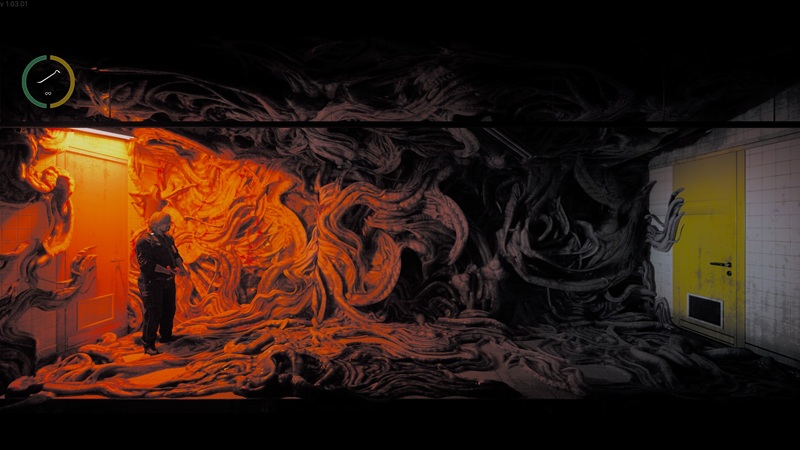
While you will spend a good amount of the game exploring and solving puzzles, it’s also of note that, during your exploration, there is no active map system, so you’ll have to rely on memory or some scattered non-interactive maps that are attached to walls. While most of the areas are small enough that this isn’t an issue, the school level in particular became a bit of a problem, since it’s pretty large and there’s no way to mark which rooms you’ve completed.
Normally, this wouldn’t really be a problem, except there’s also no flash or on-screen indicator of which items or things you can interact with in the environment, and sometimes the fixed camera is at such an angle to obscure something important. This can result in some frustrating moments, leading to running around every room randomly clicking on everything to find what you missed. This slows down the pacing of the game, causing unnecessary fumbling and time wasted.
Combat and controls:

The combat in Post Trauma is the other main element you’ll experience. Overall, there are only a small handful of encounters throughout the whole game, so it mostly feels like it was included just to harken back to the old days of survival horror, rather than be a focus of the experience. However, the combat that exists is good and feels just clunky enough for genre enthusiasts.
There’s lock-on and dodge mechanics, feeling a bit similar to the recent Silent Hill 2 Remake in that regard, similarly including the ability to hit enemies while on the ground as well. If you’re looking for a combat-heavy game, you should probably look elsewhere, as the encounters are few and far between, but paced out in a way that feels just enough to keep you on your toes.
Another very strange element that pops up from time to time is that Post Trauma will change the perspective you’re playing from at random. Maybe 60-70% of the game is played with the excellent fixed camera angles, but it will jump to a first-person perspective for entire story segments and then also switch to an over-the-shoulder camera at other times, making for a somewhat inconsistent and jarring experience. I’m not quite sure what the inspiration behind this was, but it doesn’t really benefit the game.
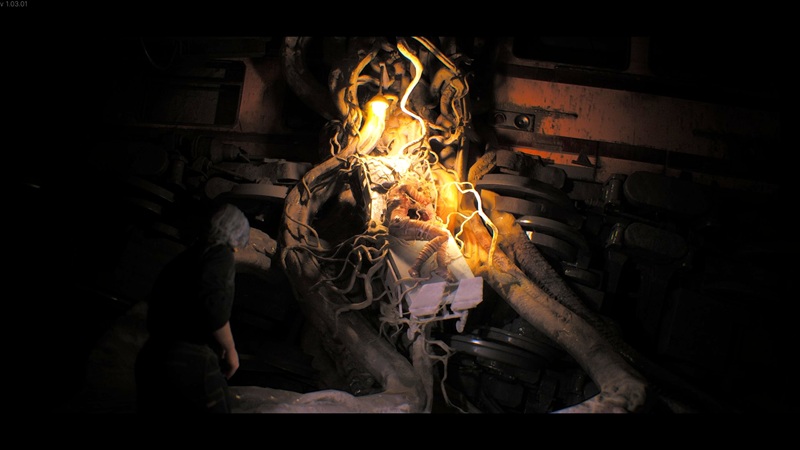
On the subject of the controls, everything played quite well, with movement feeling snappy enough and combat offering a good challenge. However, do keep in mind that even though most of the game is played with fixed camera angles, it does not employ an option for the classic “tank controls,” instead opting for the analog stick to move you through the environment in a direct fashion, similar to the newer versions of the Resident Evil remasters or Tormented Souls.
From a technical standpoint, it’s a very mixed bag, since the performance had a lot of hiccups and issues that were still yet to be optimized in the build I played. This made for moments of ugly visuals, sounds not playing, corrupted save files, and strange glitches across the board. Given that this is a game of a pretty large scope made by such a small team, it’s understandable, and I’m hoping they’ll be able to fix some of these things shortly after launch.
Game length and conclusion

As far as length goes, this sits somewhere around the five to eight hour mark for most players. It really will depend on how many times you get stuck by not being able to find a certain interaction point or how much difficulty you have calculating the solutions to some of the game’s more challenging puzzles. It’s a pretty satisfying length, but if you’re looking for something on the longer side, like many of the recent AAA horror titles, you may be disappointed here. However, for fans of classic survival horror titles or some more recent indie horror releases, you should feel right at home.
Despite the length being adequately substantial, the overall package just feels a bit underwhelming by the end of it, leaving me a bit confused about what I had just experienced when it came to its attempts at narrative and some of the confusing design choices. My memories of the gameplay itself are generally quite good, but the strange decisions and general bugginess left a bit of a blemish on the good moments.

All in all, Post Trauma is a commendable effort from a small indie studio that seeks to recall a golden age of survival horror, but it needs a little work around the edges to make this as great of an experience as it feels it could be. Even after it’s fixed, it’s not going to change the genre in any way, but may stand as a strong example of how to evoke the style of the era in a way that does it justice.
I just hope the kinks can be ironed out sooner rather than later, since its merits in the field of art direction and gameplay are pretty exceptional overall. Even in its current state it’s in, it’ll probably be worthwhile for most classic survival horror fans, given its relatively low price point. Once some of its issues are fixed, this will be one that us fans of this style of horror game won’t want to miss.
 (7.5 / 10)
(7.5 / 10)
Good
 (7.5 / 10)
(7.5 / 10)Rely on Horror Review Score Guide
A PC review code was provided by the publisher.

 IDOLxISxDEAD
IDOLxISxDEAD